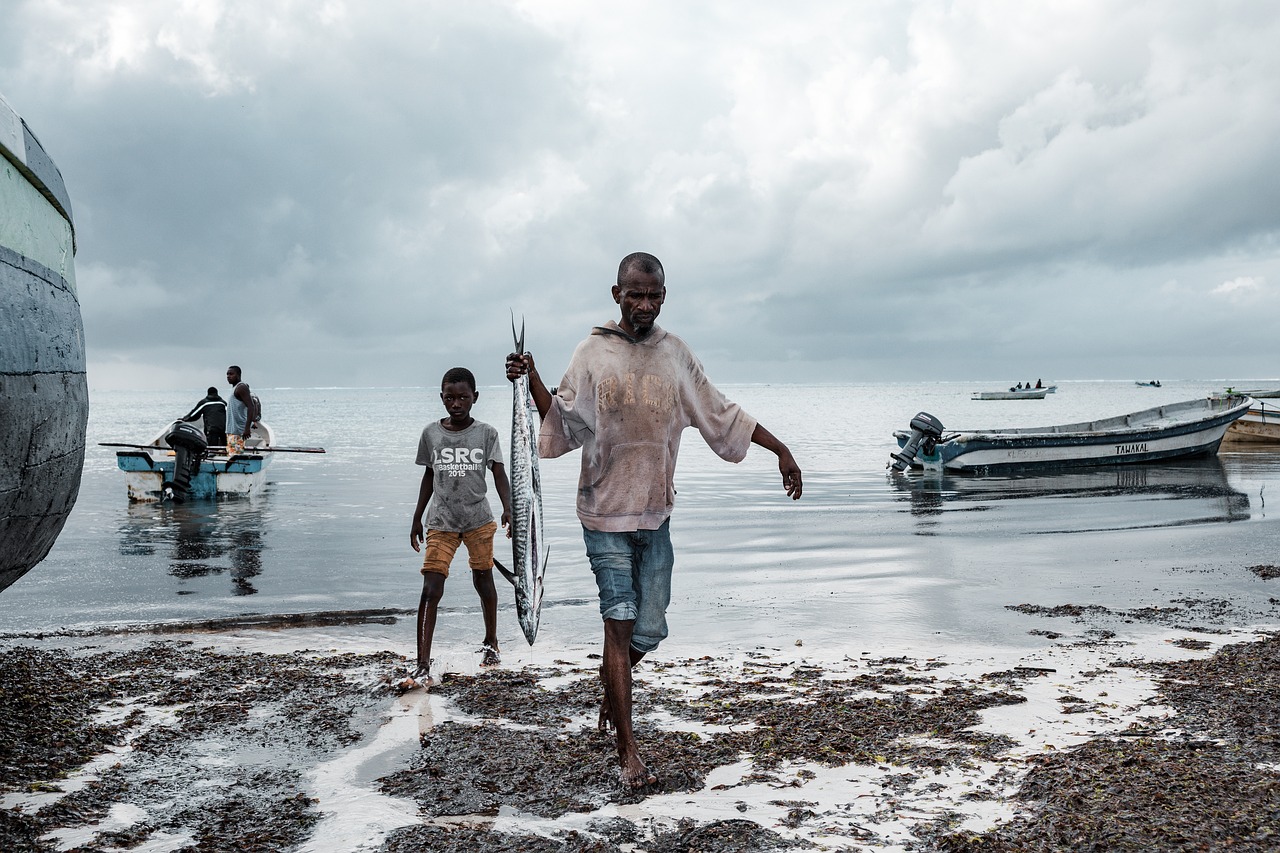
Pre-reading questions:
- How does knowing where the seafood you eat comes from affect your choices as a consumer?
- What do you think are some potential benefits of choosing locally sourced seafood over imported varieties?
Vocabulary:
- division /dih-VIZH-uhn/
- slightly /SLITE-lee/
- farmed /faamd/
- remainder /ri-MEYN-der/
- prawn /prawn/
[noun] – a specific section or department within an organization, focused on a particular area of work or activity
The marketing division is responsible for developing the company’s advertising strategies and promotional campaigns.
[adverb] – a little
The temperature slightly reduced after the sun set, bringing a bit of relief from the heat.
[adjective] – raised or cultivated on a farm
Farmed fish products are becoming increasingly popular due to their consistent quality and availability.
[noun] – the part that is left after the rest has been used or take
The remainder of the food was stored in the refrigerator for later use.
[noun] – a small sea animal with a shell and ten legs, that can be eaten
We ordered a dish of spicy garlic prawns at the seafood restaurant.
Article reading:
Experts attribute the rise of aquaculture to increasing awareness of its nutritional benefits and lower environmental impact compared to land-based animal farming. Manuel Barange, head of FAO’s fisheries and aquaculture division, stressed these advantages. While wild-caught aquatic animal numbers slightly decreased from 91.6 to 91 million tons, aquaculture production surged from 91.1 to 94.4 million tons during the same period. Asia leads global aquaculture, accounting for over 90% of production. Approximately 90% of farmed or captured aquatic animals are intended for human consumption, with the remainder used for animal feed and fish oils. Commonly farmed species include freshwater carp, oysters, clams, shrimp, tilapia, and prawns, while primary species caught in the wild comprise Peruvian anchovies, skipjack tuna, and Alaskan pollock. This shift underscores the ongoing evolution in global fisheries and aquaculture, emphasizing the constraints of natural fisheries and the potential of sustainable aquaculture.
Comprehension questions
- What organization made a significant announcement in 2022 about aquaculture?
- According to the FAO’s latest report, what milestone shift occurred in aquaculture in 2022?
- What happened to the production of wild-caught aquatic animals from 2021 to 2022?
- Which continent leads global aquaculture production?
- Can you name two species that are commonly farmed according to the article?
Discussion questions
- Have you ever tried seafood from an aquaculture farm? If yes, did you notice any difference in taste or quality compared to wild-caught seafood? If not, would you consider trying it to compare?
- Have you ever visited an aquaculture farm or learned about how fish and shellfish are farmed? If yes, what was the most surprising aspect you learned during your visit? If not, are you interested in learning how aquaculture could impact environmental sustainability and food security?
- Do you think it’s good that fish farming is now producing more seafood than wild fishing?
- How do you think the shift towards aquaculture dominating seafood production globally will impact traditional fishing communities, both economically and culturally? What steps can be taken to support these communities through this transition?
- Considering the environmental concerns associated with aquaculture, such as habitat degradation and pollution, how can sustainable farming practices be implemented to minimize these impacts while still meeting the growing demand for seafood? What role can consumers play in promoting sustainability in the seafood industry?